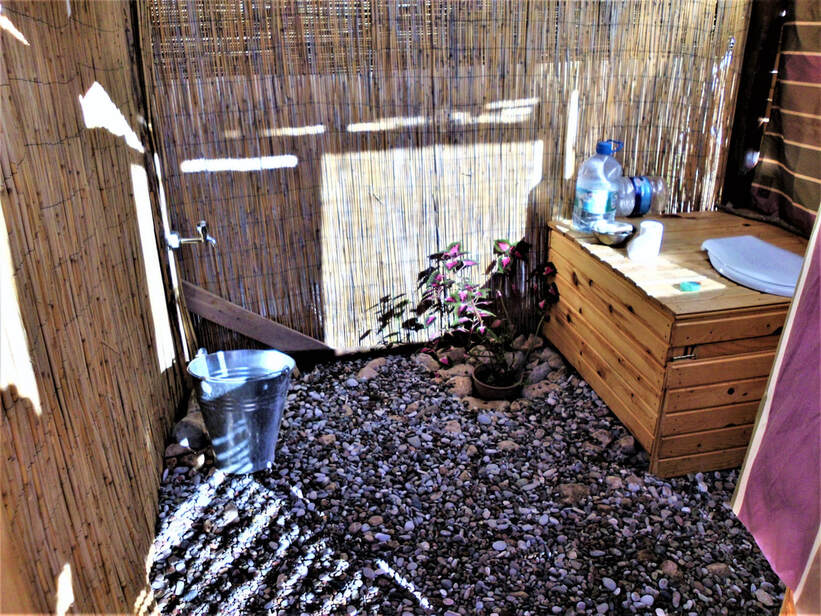- Tiny Farm Friends
- Posts
- Can a Cob House have modern amenities?
Can a Cob House have modern amenities?
Tiny Insights for building naturally, building beautifully.

No.081 — Read old posts on Tinyfarmlab.com
Reading Time 4 minutes
Most people assume a cob house means a simple, off-grid life.
No running water. No electricity. No internet.
That’s not true.
If you wish, a cob house can have:
hot showers,
dish washers,
concealed wiring,
home automation,
and even a home theater (good acoustics).
You just need to plan it well.

How Do You Add Plumbing in a Cob House?
Plumbing starts at the foundation level.
Water flows with gravity, not against it.
That’s why levels and slopes matter.

During the foundation, we need to think about:
Floor heights – Bathrooms may need a slight drop for proper drainage.
Pipe entry points – Where will water enter and exit the house?
Drainage slopes – Wastewater pipes must tilt correctly for smooth flow.
Call your plumber during the foundation phase to mark main inlets and outlets.
Leave holes for 6-inch drainage pipes in the stone foundation.
Run most pipes under the floor, keeping only vertical pipes inside walls.

Water Management
Instead of wasting water, design your home so it feeds the land.
Kitchen water can flow into a banana circle or a mulch basin to nourish plants.
Bathroom water can be filtered through a reed bed before irrigation.
Toilet waste can go into a soak pit or connect to the main sewer.
A composting toilet is also an option—zero plumbing, zero waste.
Electrical Wiring
Call your electrician early as you are building the walls.
Decide on main power inlets and circuit layouts early.
Use conduits for wiring—even though cob has natural earthing, protection is key.
For curved walls, use flexible pipes to follow the natural shape.
Leave conduits across the cob walls as you are building. You don’t want to drill a hole later.

Just like in a brick house, you can chisel cob walls to embed electrical conduits.
But here’s the catch—cob is much tougher than brick.
When our electrician started chiseling, he expected it to be soft.
Instead, he found it denser and harder than brick walls.
Once plumbing and electrical conduits are in place,
you can start cobbing the chiseled part.
Later, plaster over them, and your walls will look seamless—
without exposed pipes or wires.
A cob house can be fully modern.
Do you still have any questions?
Reply to this email.
Love,
Raghav and Ansh
P.S. - Connect with us on LinkedIn. See what’s up with our latest project.
What you can watch -
What you can listen to -
What You Can Read -
Your attention is precious. Thank you for reading.
If you found value in this newsletter, please consider sharing it with a friend.
Tiny Farm Friends Newsletter.
Every Sunday, we share tiny valuable lessons to help you transition to the countryside and build naturally.

